Skip over navigation
 As part of Liverpool08 European Capital of Culture, there were a
huge number of events and displays, including large artistic
installations.
As part of Liverpool08 European Capital of Culture, there were a
huge number of events and displays, including large artistic
installations.
One of the installations was called "Turning the Place Over", created by the artist Richard Wilson.
It runs in daylight hours, triggered by a light sensor and involves revolving a huge (8 metre diameter) circular disk which was cut from the front of an old office block. An axle and motor was attached to the disk to, literally, turn it around.
Can you work out how the axle must have been placed and attached to achieve the effect shown in the video and accompanying still photographs?
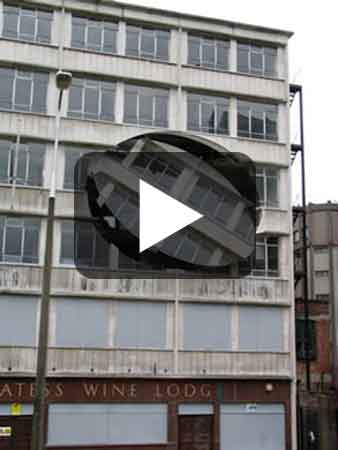

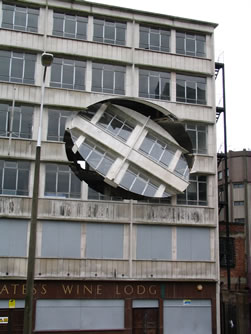

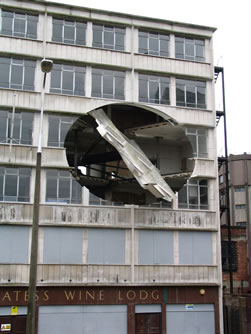
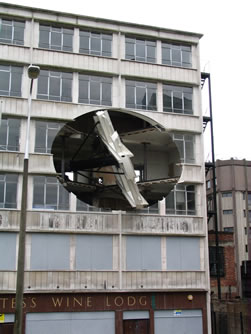
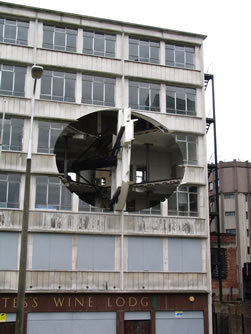
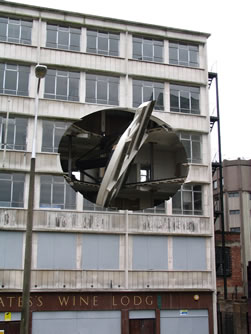
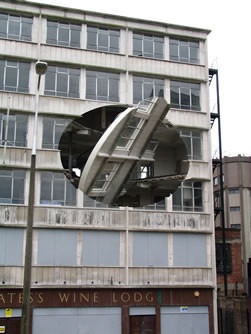
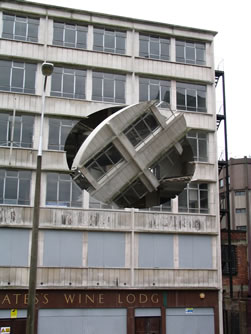
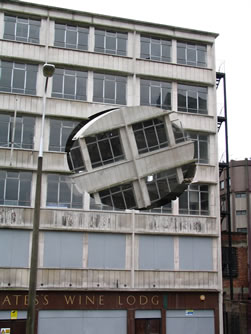
Try making some models of your own which achieve similar effects.



Or search by topic
Number and algebra
Geometry and measure
Probability and statistics
Working mathematically
Advanced mathematics
For younger learners
Turning the Place Over
Age 11 to 18
Challenge Level 






One of the installations was called "Turning the Place Over", created by the artist Richard Wilson.
It runs in daylight hours, triggered by a light sensor and involves revolving a huge (8 metre diameter) circular disk which was cut from the front of an old office block. An axle and motor was attached to the disk to, literally, turn it around.
Can you work out how the axle must have been placed and attached to achieve the effect shown in the video and accompanying still photographs?

Still photographs










Try making some models of your own which achieve similar effects.
About Richard Wilson
Richard Wilson was born in Islington, London, in 1953. He is a
sculptor, installation artist and musician. He studied at the
London College of Printing, Hornsey College of Art and Reading
University. Amongst his many other experiences, he was a Visiting
Artist at the Architectural Association in 1998 and nominated for
the Turner Prize twice.
Related Collections
You may also like
More on Mazes
There is a long tradition of creating mazes throughout history and across the world. This article gives details of mazes you can visit and those that you can tackle on paper.
Mathematical Patchwork
Jenny Murray describes the mathematical processes behind making patchwork in this article for students.
Drawing Celtic Knots
Here is a chance to create some Celtic knots and explore the mathematics behind them.

